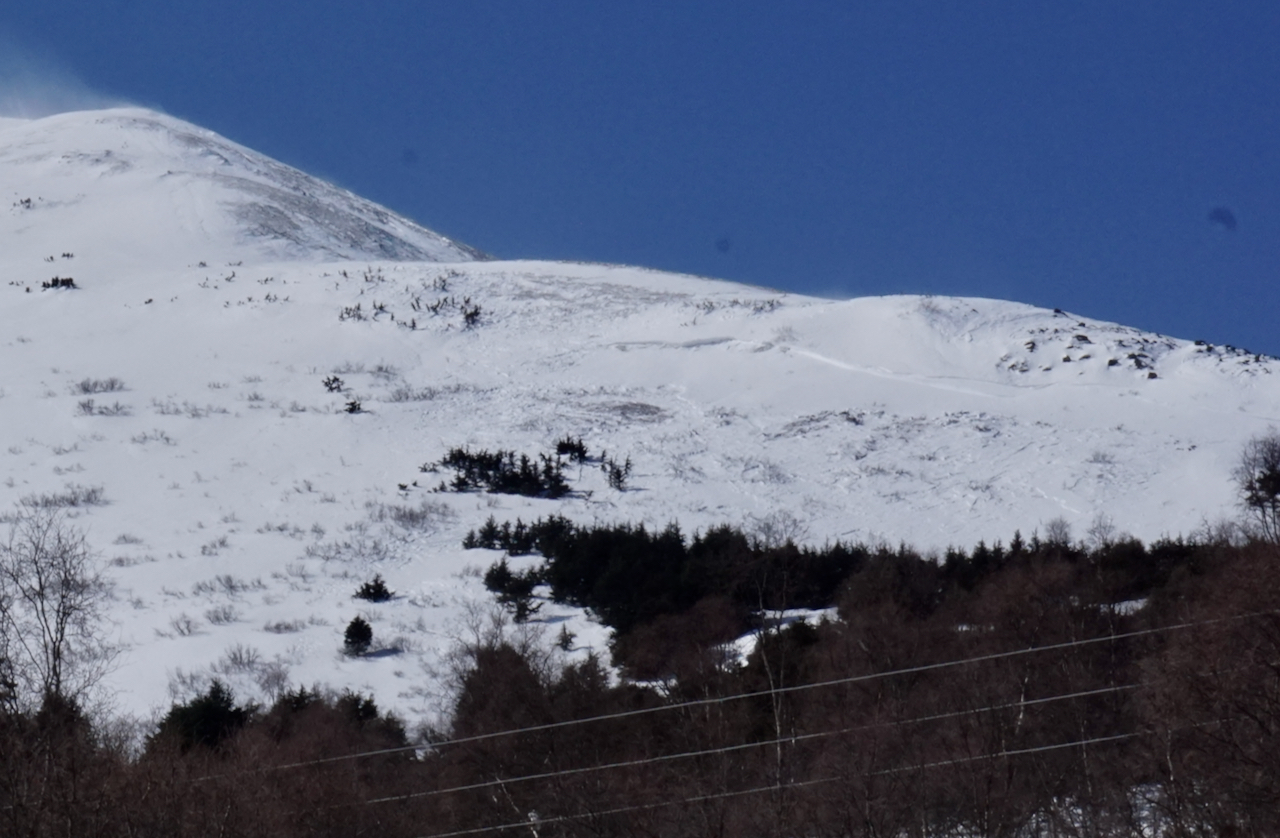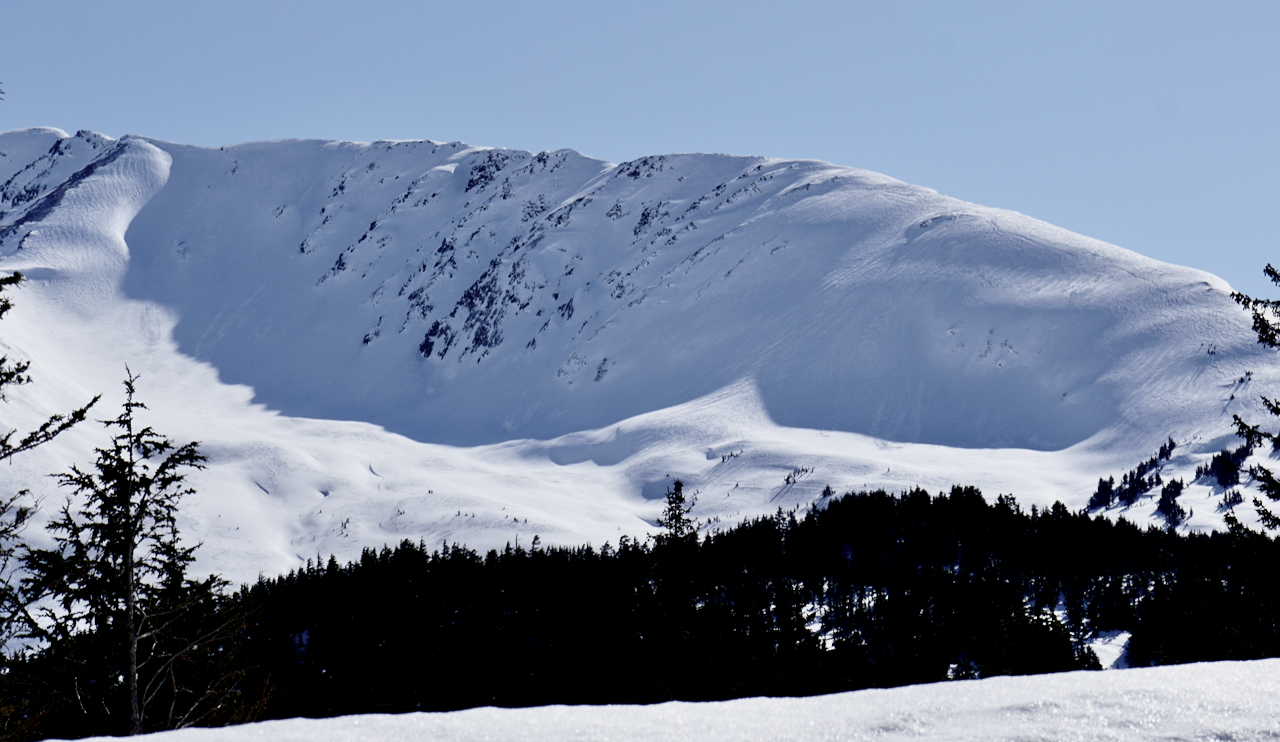Turnagain Pass
|
|
The avalanche danger is MODERATE above 1,000′. Human triggered wind slab avalanches will be possible. Wind slabs formed by the strong northwest winds over the past two days are expected to be hard, anywhere from inches to several feet thick and may allow a person well onto them before releasing. They also may step down and break in old weak layers in the top 3 feet of the snowpack, creating a larger avalanche.
The danger is LOW below 1,000′ where hard surface crusts exist.
CNFAIC End Of Season Operations: Daily avalanche forecasts typically transition to a 4 day/week cycle (Sat, Sun, Tues, Thur) beginning this coming week as our forecast season and funding winds down. Due to the impressively late spring and active weather coming in, we will continue to forecast on the off days if avalanche danger is rising.
Hatcher Pass: Be sure to check out HPAC’s Saturday morning forecast at hpavalanche.org. The road to Hatcher Pass remains closed at MP10. For updates see AK 511 and follow AKDOT&PF on social media.

 Natural wind slab avalanche releasing sometime overnight on Thursday (4.8) or early Friday morning (4.9) in the Summit Lake are seen from the Seward Highway. This slope is the northern most avalanche path on Summit Peak. Slab looks to have stepped down into weak layers near the ground. 4.9.21.
Natural wind slab avalanche releasing sometime overnight on Thursday (4.8) or early Friday morning (4.9) in the Summit Lake are seen from the Seward Highway. This slope is the northern most avalanche path on Summit Peak. Slab looks to have stepped down into weak layers near the ground. 4.9.21. Natural avalanche on Raggedtop in the upper Girdwood Valley/Crow Creek area. Released sometime during the NW winds on 4.8 or 4.9. This is the 4th time a portion of this face has slid over the past few weeks. Photo taken 4.9.21.
Natural avalanche on Raggedtop in the upper Girdwood Valley/Crow Creek area. Released sometime during the NW winds on 4.8 or 4.9. This is the 4th time a portion of this face has slid over the past few weeks. Photo taken 4.9.21. A bone-fide dust storm (a
A bone-fide dust storm (a  A blanket of dust now covers the slopes on Kern and Blueberry mountains along Turnagain Arm.
A blanket of dust now covers the slopes on Kern and Blueberry mountains along Turnagain Arm. The north side of Tincan seen yesterday. Much of the soft surface snow appears to have been wind effected. Note the wind ripples and anti-tracks along the CRF ridge on the right side of the picture. 4.9.21.
The north side of Tincan seen yesterday. Much of the soft surface snow appears to have been wind effected. Note the wind ripples and anti-tracks along the CRF ridge on the right side of the picture. 4.9.21.